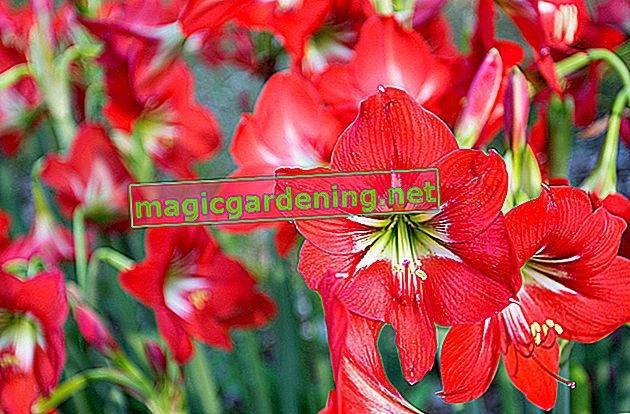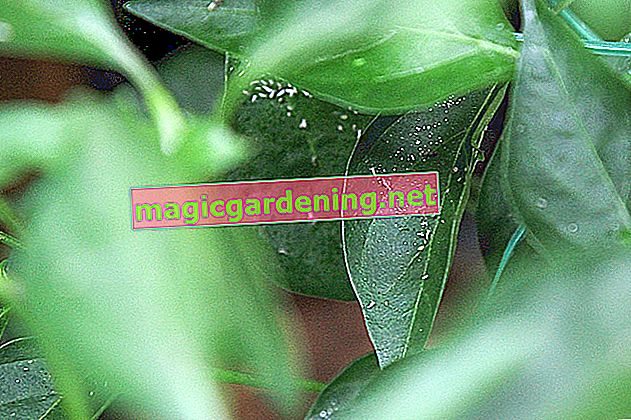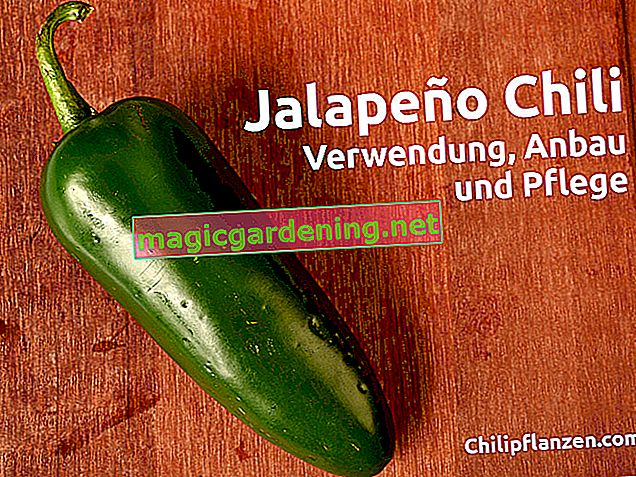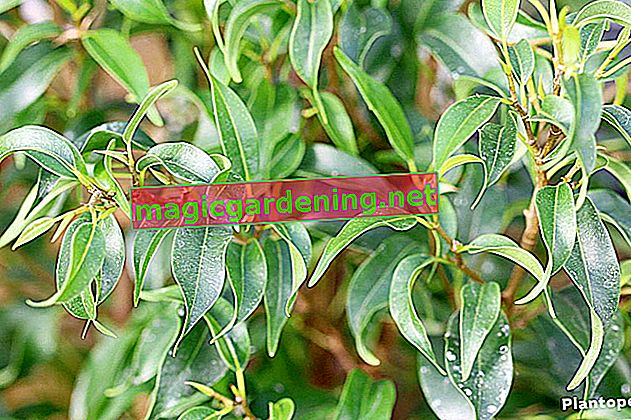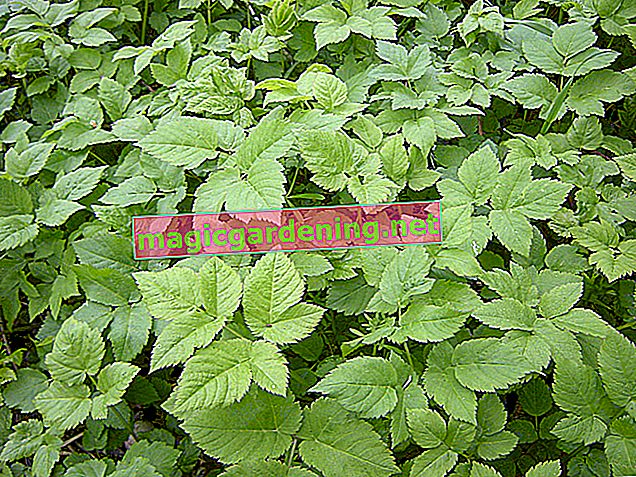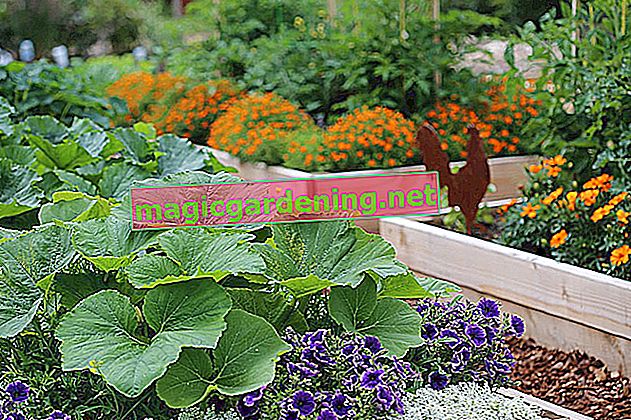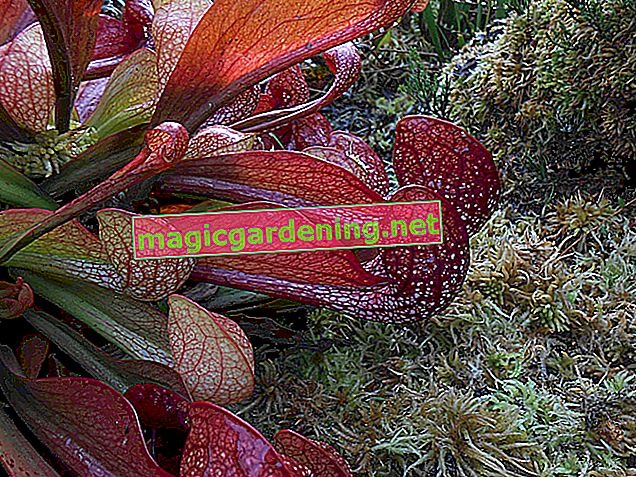
How is the Sarracenia hybrid poured?
The damming method is recommended in the pot or tub. The irrigation water is only poured into the coaster. When the coaster has dried out, new water is poured in.
also read
- The showy flower of the pitcher plant (Sarracenia)
- Caring for Sarracenia properly
- The right care for the pineapple sage
The pitcher plant does not tolerate calcareous water. Pour only with rainwater or use distilled water.
To increase the humidity, you can spray Sarracenia with soft water more often.
Does the pitcher plant need fertilizer?
Like all carnivorous plants, you shouldn't fertilize pitcher plants. They supply themselves with the substrate, which usually contains too many nutrients anyway.
Does Sarracenia need to be repotted?
As soon as the pot has become too small, you should repot the plant. The best time for this is spring. Choose a jar that is only slightly larger than the old one. Fill it with fresh substrate.
When repotting, you can also divide the plant immediately in order to propagate it. Cut off the rhizomes with a knife so that enough roots remain on the pieces.
Which diseases can occur?
Gray mold is more common in an unfavorable location. He is a sign that the plant
- too dark
- too warm
- too cold
- if the humidity is too high
stands. All infected parts must be cut. The plant should also be repotted. Move the Sarracenia hybrid to a more convenient location.
How is the pitcher plant overwintered?
Hardy types of pitcher plants do not need special winter protection. When caring for in a tub or as a houseplant, special winter storage is necessary.
House plants are moved to a very bright, but only 2 to 10 degrees cool location over the winter. They may only be poured very sparingly. However, the substrate should not dry out completely.
Tips
Pitcher plants with their eye-catching flowers and the leaves that are shaped into tubes can be kept outdoors, in a tub or as a houseplant. Winter hardy varieties are suitable for outdoors.

